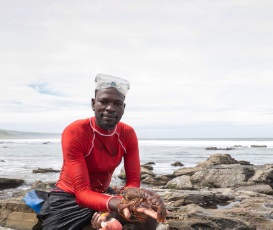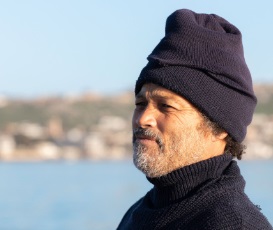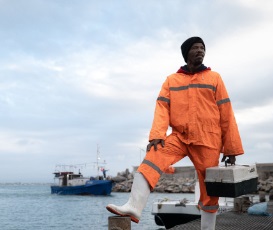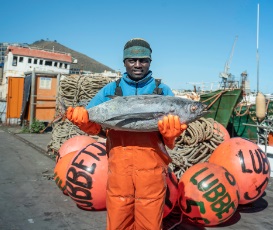
Fishery profile

Among the largest and most recognisable of all tunas, yellowfin are long-lived, highly migratory and often form schools with other species. In South Africa and elsewhere, they’re an important seafood export and highly valued for sashimi and sushi.
Most tuna in South Africa are caught by the pelagic longline fishery, in both the Atlantic and Indian Ocean. They are usually found anywhere between 100 and 2,000km offshore. Peak fishing season is between February and December each year.
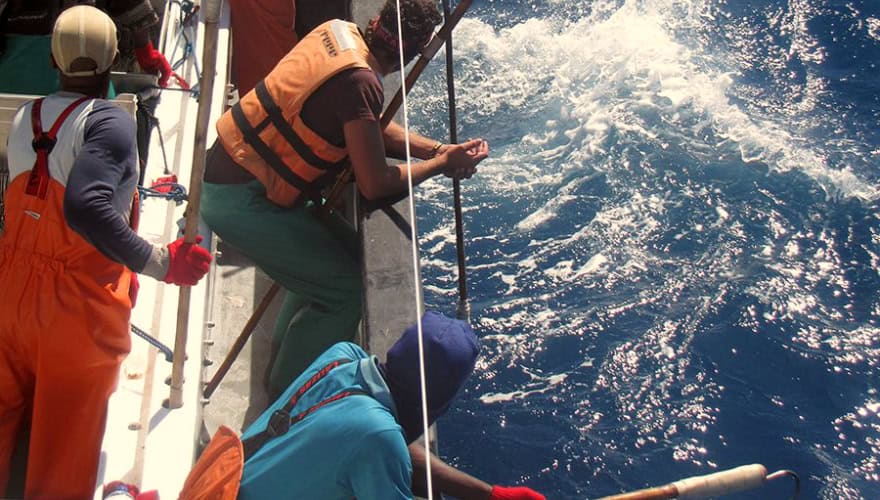
The majority of vessels are based in Hout Bay, a seaside suburb of Cape Town, but a small fleet also exists in Richards Bay, on South Africa’s subtropical East coast.
The fishery uses pelagic longlines: two lines, each several kilometres long, covered in baited hooks and suspended at different depths. Such gears have little impact on seabed habitats, but may lead to bycatch: fish or other marine species caught unintentionally while trying to catch another type of fish. Bycatch includes, but is not restricted to, Endangered, Threatened and Protected (ETP) species.
Through Fish for Good, stakeholders have identified some improvements which the fishery can make to reduce interactions and accidental catch of such species.
“Through the Fish for Good project, the sector is aiming to support the adoption of conservation and management measures designed to keep tuna stock consistently at maximum sustainable yields and they are also looking to reduce their impacts on declining populations of ETP species.”
Fishery Improvement Coordinator, WWF SA

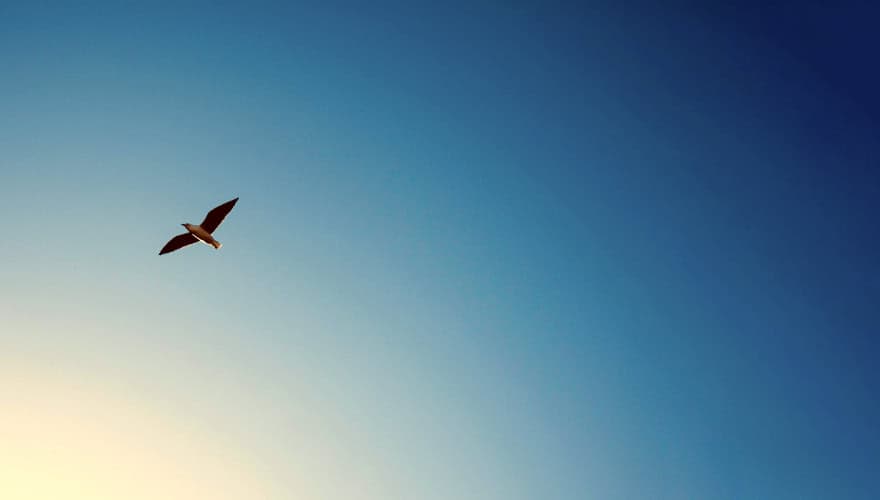
Fish for Good Improvement Actions
- The fishery and government are committed to working together to support or co-sponsor proposals to the relevant regional fisheries management organisations that aim to conserve and maintain healthy tropical tuna stocks.
- The fishery is working with the Department of Environment, Forestry and Fisheries to determine the stock status of other fish species it catches, and ensure that there is a strategy in place that ensures the fishery does not hinder the recovery and rebuilding of those stocks.
- In the longer-term, the fishery is aiming to assess and quantify the risk of its operations to endangered, threatened and protected species and ensure that any impacts are within acceptable national and international limits.
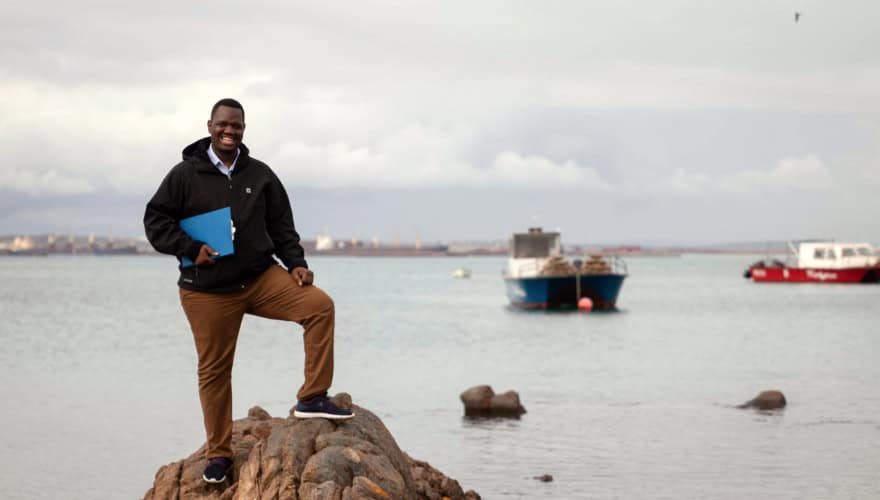
“I believe that the future looks bright for the fisheries that took part in the Fish for Good project. To some, sustainability means more than just good management practice. To them, it is a way of preserving their way of life.”
Fishery Improvement Coordinator, WWF SA
More South Africa Fish For Good stories
Find out more

Fish for Good (project home)
Fish for Good is a four-year project aiming to guide fisheries in Indonesia, Mexico and South Africa on their journey towards sustainability.
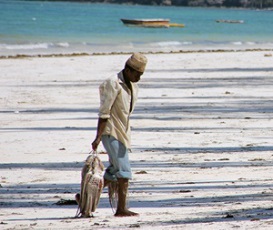
Southwest Indian Ocean Octopus Project (SWIOCeph)
An increased global interest in octopus creates potential for export market opportunities. This project will assist octopus fishing communities in the southwest Indian Ocean regions towards more sustainable practices.
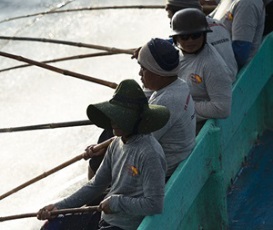
Fish for Good - Indonesia
Indonesia is the world's second largest fish producer. Some stocks are being overfished. Local food security, economy and marine biodiversity are at risk.
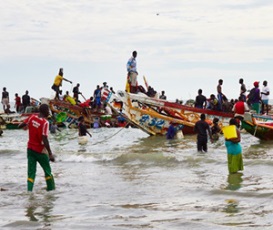
Fishery Improvement Projects (FIPs)
The MSC recognises the important contribution that FIPs can make to improving overall fisheries health and in promoting sustainable seafood. We work to provide technical support and capacity to credible FIPs.

